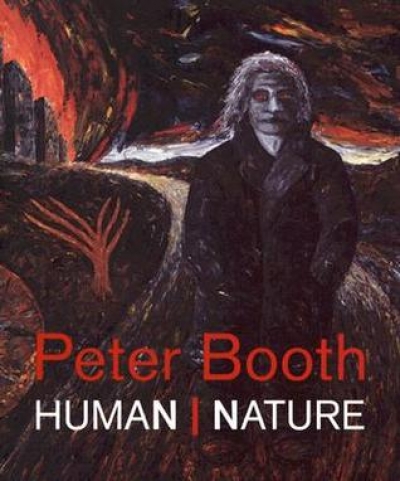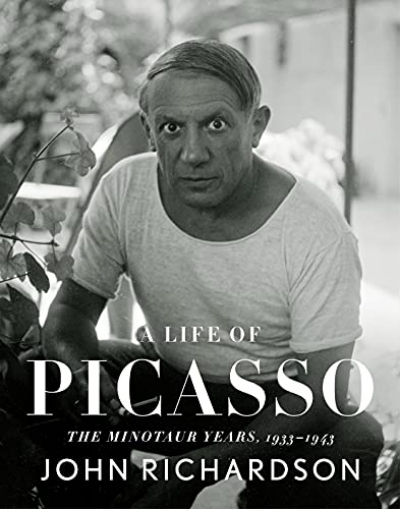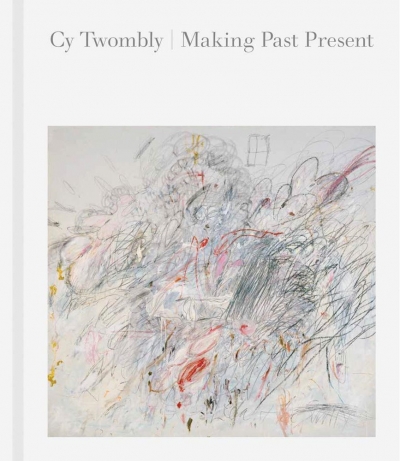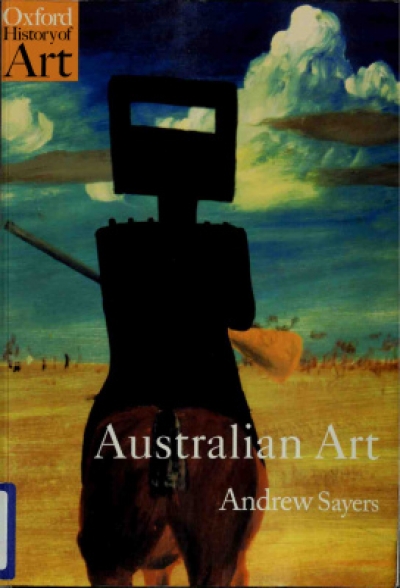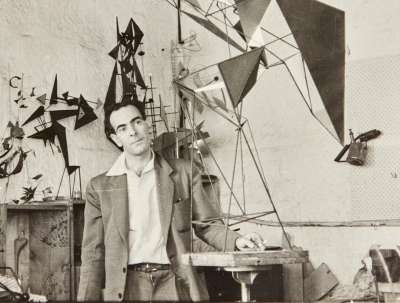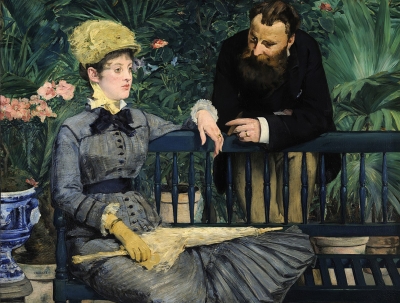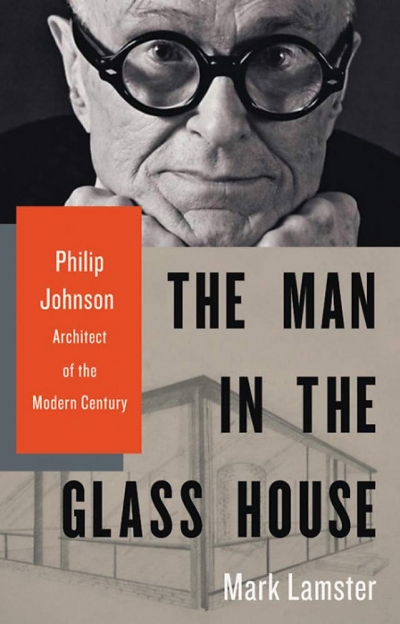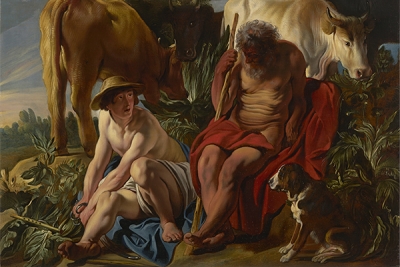Patrick McCaughey

Patrick McCaughey is former Director of the National Gallery of Victoria, the Wadsworth Atheneum in Hartford Connecticut, and the Yale Center for British Art. His most recent book is Strange Country: Why Australian Painting Matters (2014). His other works include Voyage and Landfall: The Art of Jan Senbergs (2006). He writes regularly for the Times Literary Supplement and Australian Book Review. He lives and works on the banks of the Quinnipiac River in New Haven, and has recently finished editing Fred Williams: Diaries 1963–1970 for the Miegunyah Press.
Last summer, Peter Booth became the first living artist to have a full-scale retrospective exhibition at the National Gallery of Victoria’s Ian Potter Centre at Federation Square. With eighty-one paintings and 150 drawings, it ranked as one of the largest surveys ever accorded a contemporary painter. It was a bold move on the gallery’s part and made a claim for Booth’s pre-eminence within hi ... (read more)
Ten days in Australia in July brought a remarkable round of studio visits plus an exhibition of new Australian painting, Phenomena, at the Art Gallery of New South Wales. Painting has had a hard time of it lately. Michael Wardell, curator of Phenomena, goes further: ‘throughout the twentieth century, painting has been under threat,’ claims the slightly melodramatic opening sentence of his othe ... (read more)
Sir John Richardson published the first volume of his monumental A Life of Picasso: The prodigy, 1881–1906, in 1991. The second volume, The painter of modern life, 1907–1917 illuminating the Cubist years, followed in 1996. The next volume, The triumphant years, 1917–1932, appeared eleven years later and gave rise to speculation as to how Richardson, then seventy-three, could complete his amb ... (read more)
If you were fortunate enough to take Franz Philipp’s course in Medieval and Renaissance Art at the University of Melbourne in the 1960s – the old Fine Arts B – you would have quickly encountered Erwin Panofsky’s masterpiece, Renaissance and Renascences in Western Art (1960). It set forth authoritatively the argument that from the Carolingian revival in the eighth century through the Ottoni ... (read more)
Andrew Sayers has one large and important idea that distinguishes his account of Australian art from all others: the story must include equal attention to Aboriginal art and to the art of white European settlement. However commanding and commendatory the idea, it will not, I suspect, be a popular one.
There will be lamentation heard from Balmain to Port Melbourne when Sayers’s book is scanned a ... (read more)
TarraWarra Museum of Art’s (TWMA) summer exhibition Assembled: The Art of Robert Klippel can only reinforce his reputation as Australia’s foremost modern sculptor. Yet he lacks the public reputation of his contemporary painters – John Olsen, Fred Williams, John Brack, and so on. Klippel (1920–2001) is known largely, if not exclusively, to the world of art. This exhibition may right that hi ... (read more)
Five years ago, the J. Paul Getty Museum acquired Édouard Manet’s Jeanne (Spring), 1882, for US$61 million – a record for the artist. It was a bold acquisition, for later Manet – he died in 1883 – has never enjoyed the critical esteem of the earlier. Absurdly so, if you recall that the incomparable Bar at the Folies Bergère was the Salon companion to Jeanne. According to Scott Allan, Jea ... (read more)
Philip Johnson – lagging well behind the founding fathers – may not be the most profound architect of the twentieth century. Nor does he have the resonance of Louis Kahn or the form-changing genius of Frank Gehry, among his contemporaries. Yet the pattern of twentieth-century architecture cannot be fully understood without him. Mark Lamster’s biography lodges him vividly in that pattern. A c ... (read more)
A shift in the European mind is taking hold. The stable democracies of Germany and the Netherlands contrast sharply with an unstable France and a demagogic Italy. The northern tier has an increasing authority, politically and culturally. Art historically, the Amsterdam–Berlin axis challenges the hegemony of the Paris–Rome accord. The reopening of the Rijksmuseum in 2013 after ten years of clos ... (read more)

